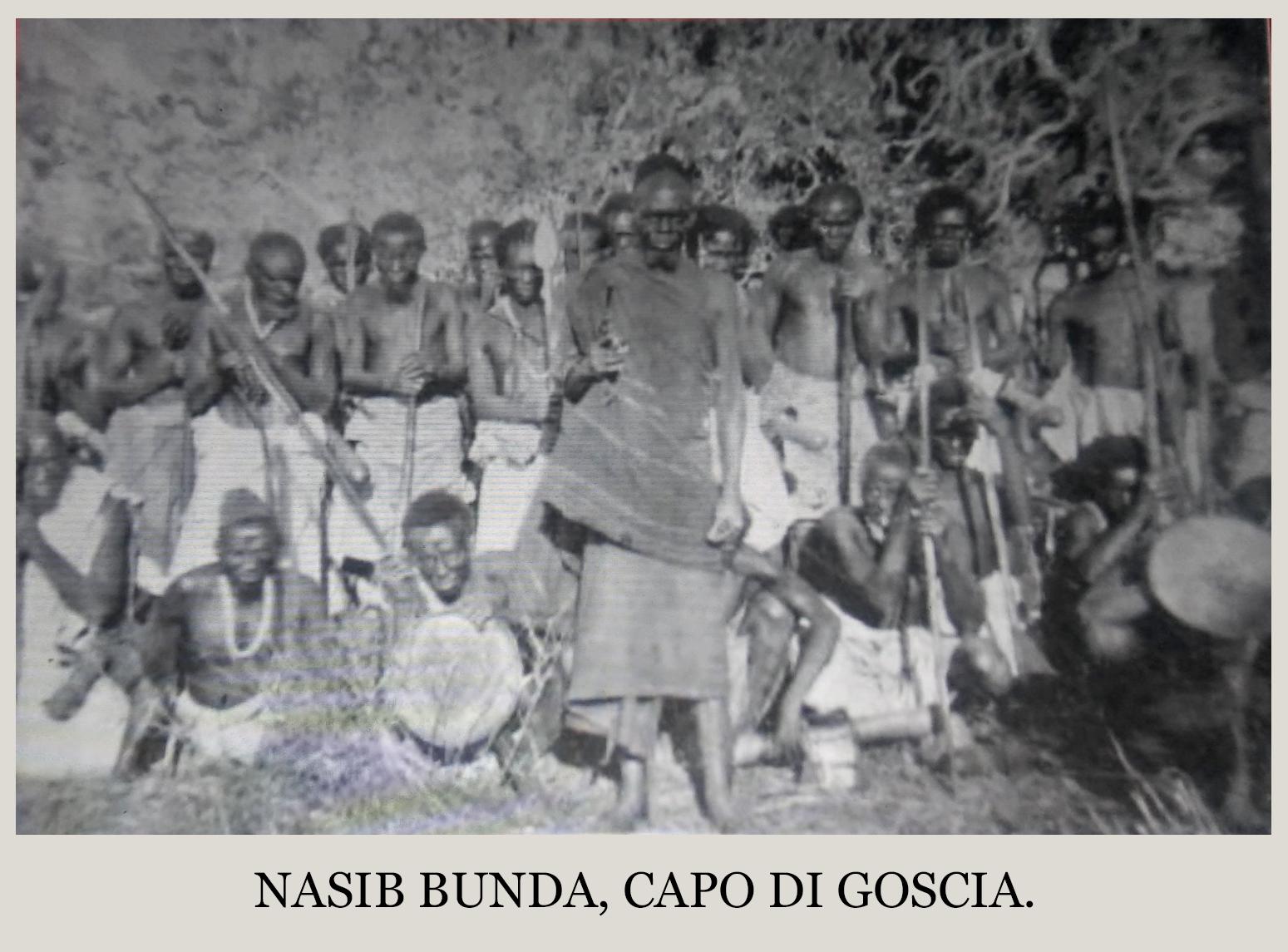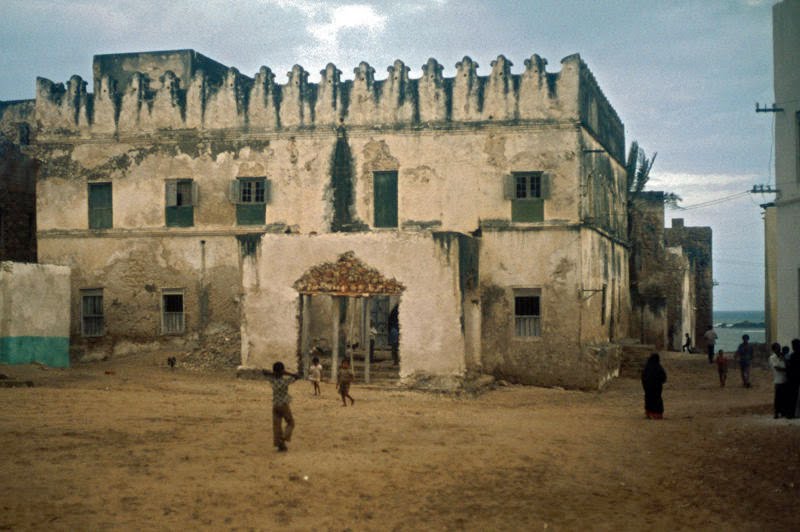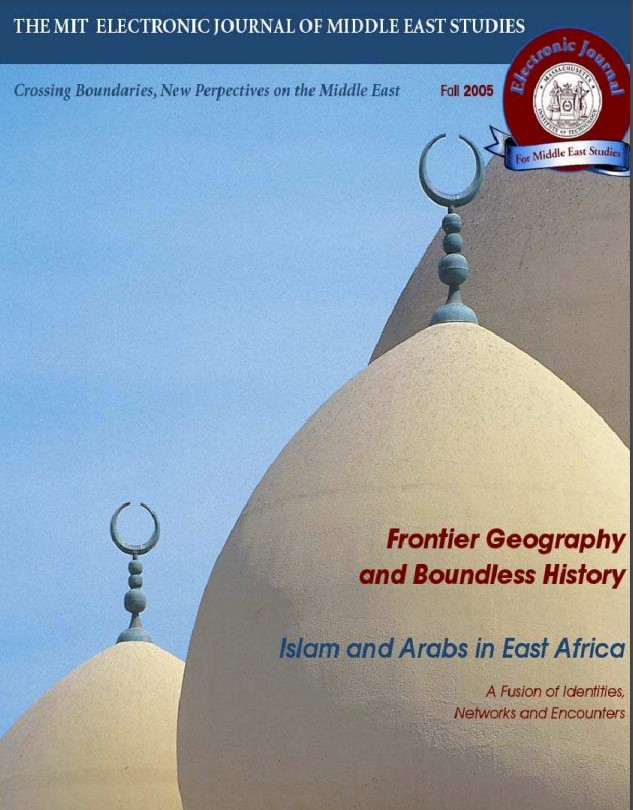“ Nasib Bunda, Capo Di Goscia Leader of the Gosha confederation and the hero of antislavery. Though the Arabs addressed him as sultan of the Goshaland, his real name was Makanjira Che Zamani.
His birthplace and date of birth are unknown. Gosha oral tradition indicates that Nassib Buunto was not a Gosha native, but it is evident that he was in Gosha in 1875, when he met the Egyptian expedition to Kismayu. Nassib Buunto was successful in es- tablishing one of the most powerful confederations in the Goshaland, incorporating Somalis of Bantu origin as well as others. His diplomatic skills intimidated some regional powers, who signed agreements of peace and cooperation recognizing him as the sole authority in the Gosha region.
A number of foreign powers also made deals with him and recognized him as the sultan for all the Gosha. By 1892, Nassib Buunto was declared the sole authority over 46 villages of the Gosha on both banks of the Juba River, extending from Yoontoy at the mouth of the river in the south to Mfudu in the north.
In addition to his diplomatic skills, Nassib Buunto was also a charismatic military leader. Colonial reports estimated that between 25,000 and 40,000 militia were under his command. He possessed up to 1,000 guns, while most of his troops were armed with bows and poisonous arrows and spears.
He was victorious over the Werday and the Ogaden clans. Nassib Buunto recruited the bulk of his fighters from the freed slaves who fled from their Italian landlords and Somali abans (protectors). He established a center forthem in the Gosha that was later named after him, the Nassib Buunto Center or Nassib Buunto Village.
This center offered the escaped slaves not only refuge and freedom, but also a better way of life through the development of communal farming and cattle rearing and through training in new handicraft skills, new techniques for building houses, and the manufacturing of necessary tools and weapons.
Nassib Buunto was celebrated as the African Spartacus for his fight for the freedom of slaves. In 1931. Umberto Bargoni published a book entitled, Nella Terra di Nassib Bunto, lo Spartaco della Somalia Italiana (In the land of Nassib Buunto, the Spartacus of Italian Somaliland). Another aspect of Nassib Buunto’s power was his incredible magical power.
He was remembered as a man who ordered crocodiles and hordes of bees to attack his enemies, Gosha oral tradition indicates that, in the war with the Ogadens, he could turn his troops into termite hills or make them invisible. Somalis as well as Goshans feared him and many of them paid tribute and taxes to be safe. In 1907, the Italians detained Nassib Buunto and hanged him.”
See Mukhtar, Mohammed Haji. Historical Dictionary of Somalia. (Oxford, Scarecrow Press: 2003) p.168-169.










